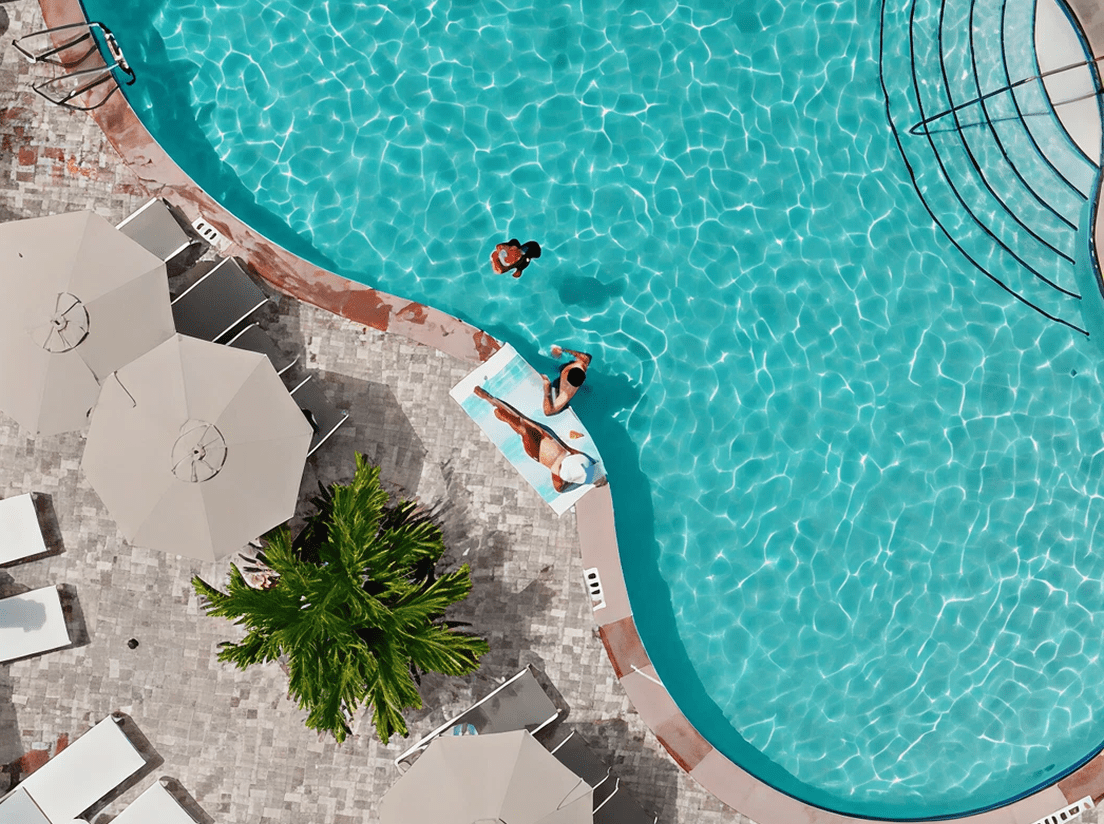
This won’t be your average summer. Because this hasn’t been anything like an average year. Comparing to the same time last year is all but out the window. Comparing to anything other than the here and now will likely be impossible for a long time to come.
That summer campaign you’ve run for years on end? Forget it. But that doesn’t mean your promotions should grind to a halt.
How do you formulate a way forward when most of your signals are a little—or a lot—off?
Consider a content gap analysis.
A content gap analysis is an examination of what gaps exist between your and your target guests. In other words, you’re attempting to identify what it is those guests are looking for that your website does not currently satisfy. Given how drastically traveler needs have changed, your property likely has some gaps worth filling.
Before You Start
To conduct a thorough content gap analysis, you’ll need to layer myriad data points that are all signals for how users both find and, more importantly, miss out on your property.
Content Inventory
First, take inventory of the content you already have. Crawl your site to create a sitemap, and consider pulling the performance for each page. This will help you understand what you already have on hand and what that content is doing for you.
Audience Personas
Next, pull up or develop audience personas. Part of a content gap analysis is identifying which pieces of content will resonate with which types of guests. Your analysis will be incomplete if you don’t understand who is reading your content and what other needs they might be looking to satisfy via your hotel or resort.
User Journey Mapping
Finally, take the time to map your user journey as best you can. Take into account each channel and the type of content users are interacting with there. You’ll eventually identify where you have gaps in the journey according to each channel, so understanding the path by which users become aware of your property and ultimately book a room will help you zero in on what’s missing.
Goals of a Content Gap Analysis
The overarching goal of a content gap analysis is to learn how you can better communicate with your prospective guests. It’s about identifying the questions those guests have and effectively answering them in ways that will resonate with them as they make a decision regarding your hotel or resort.
But there are also likely goals at play that are unique to your property. Establish them before you start. Are you trying to figure out how your content could rank better? Are you more interested in whether you have enough lead-generating content? Keep this in mind as you collect data points so you can analyze it from the appropriate angle.
Step #1: Gaps by Competitors
The first layer of a content gap analysis is taking a look at your competitors. Keep in mind, though, that we’re talking about digital competitors. The resort across the street may not be the one taking your traffic, so consider the hotels, resorts, and other businesses that are vying for the same keywords you are.
For this part of your analysis, you’ll primarily be looking at keywords. Use a tool like SEMrush to layer the keywords your site is currently ranking for alongside the current rankings of your digital comp set. SEMrush and tools like it will tell you which keywords you have in common, as well as which keywords your comps are ranking for that your site is missing.
Analyze this information from three angles.
Missing Keywords
Which keywords are your comps ranking well for that you aren’t ranking for at all? These keywords just may not be relevant to your property. But if they are, make note of them. Document both the keywords that you want to consider, as well as the category they fall into, like location keywords, things to do keywords, hotel keywords, etc. See the chart below for an example.

Sample of keyword categories.
Shared Keywords
This will be a list of keywords that both you and your comps rank for. For which keywords are they outranking you? If they’re also relevant to your hotel or resort, make note of which category they fall into. This may be a category where you’re thin on content.
All Keywords
This is the longest list of the three, but it’s still worth perusing. This is a comprehensive list of every keyword you rank for alongside every keyword your competitors rank for. If you’re lucky, you’ll be ranking for more keywords than they are, which will speed up your analysis. What you’re looking for in this list is any keywords you’re both targeting but your comp is coming out on top. Again, place those keywords into the categories you established in the other lists as this is a signal for where you need to amp up your content.
Content Gap by Channel
This is where your user journey map comes into play. In mapping your user journey, you identified which channels are most valuable to you, as well as which touchpoints come into play along the path to purchase. If you haven’t already, overlay your audience personas. If your target guest is above, say, 45 years of age, they might be on Facebook rather than on Instagram.
As you look at each channel and the content you put there, what you’re looking for is gaps in the information your target guest needs to make a decision. If you’re only promoting your offers in your social ads, do you need more awareness-level content? Are your DRM landing pages solely focused on making the sale rather than inviting travelers to consider what your property has to offer?

Sample user journey map.
The information you are not providing according to the role of each channel is your gap. Document it.
Content Gap by Buyer Stage
The work you did above will help you complete this last stage of data collection. Since you already have a user journey map, and you already know where your content is thin across channels, the last step is to map it out by buyer stage for each persona.
Chances are there’s more than one type of guest who would enjoy the experience you have to offer. And each of those guests have different informational needs when it comes to booking a hotel room. That’s why you need to evaluate whether or not you’re adequately servicing each guest types.
Write down the name of each persona. Then, according to each persona, organize your content based on their buyer stages: awareness, consideration, and decision. What do each of them need in order to decide in favor of your hotel? Chances are, you’ll notice that you’re heavy on one phase and light on another, and you might notice these gaps across all of your personas.
Bringing Your Gaps Together
The final stage of a content gap analysis is something of an art and a science. This is where you layer the three gaps you’ve found to identify which pieces of content you should prioritize. Keep in mind, too, that it might not mean recreating the wheel, but rather revamping content you already have so it better speaks to a real guest need.
First, pull up the categories you created in the Content Gap by Competitor stage. These are the overall themes you’re missing. Then pull up your Content Gaps by Channel and by Buyer Stage. How can you incorporate the themes from the competitor stage into your channel and buyer stage gaps? These are the pieces of content you’ll work on.
Feel free to conduct exploratory Google searches as you go. This will help you identify the intent of different keyword categories. For example, keywords in a “hotel” category might be further down the funnel than keywords in a “beach” category. This can help you slot themes into the channel and buyer stage gaps.
Why Conduct a Content Gap Analysis Now?
Because, chances are, you don’t know what you’re missing. Because your business has probably never weathered anything like the past few months of coronavirus, and it will likely go places it’s never been before. Though we’re not saying you should instinctively toss any existing content, personas, or strategies, we are suggesting that you should closely examine each one to see if they fit within your current circumstances.
A content gap analysis is a chance to create for yourself a fresh new pool of data on which to make decisions going forward. If you can’t look back, the next best thing is to thoroughly understand where you are, and let that information guide you towards a better future. For hotel and resort marketers, a content gap analysis is one place to start.
Did you enjoy the read?
Get original hospitality industry insights delivered to your inbox. Sign up to receive Screen Pilot’s Weekly COVID-19 Resource Center Update





